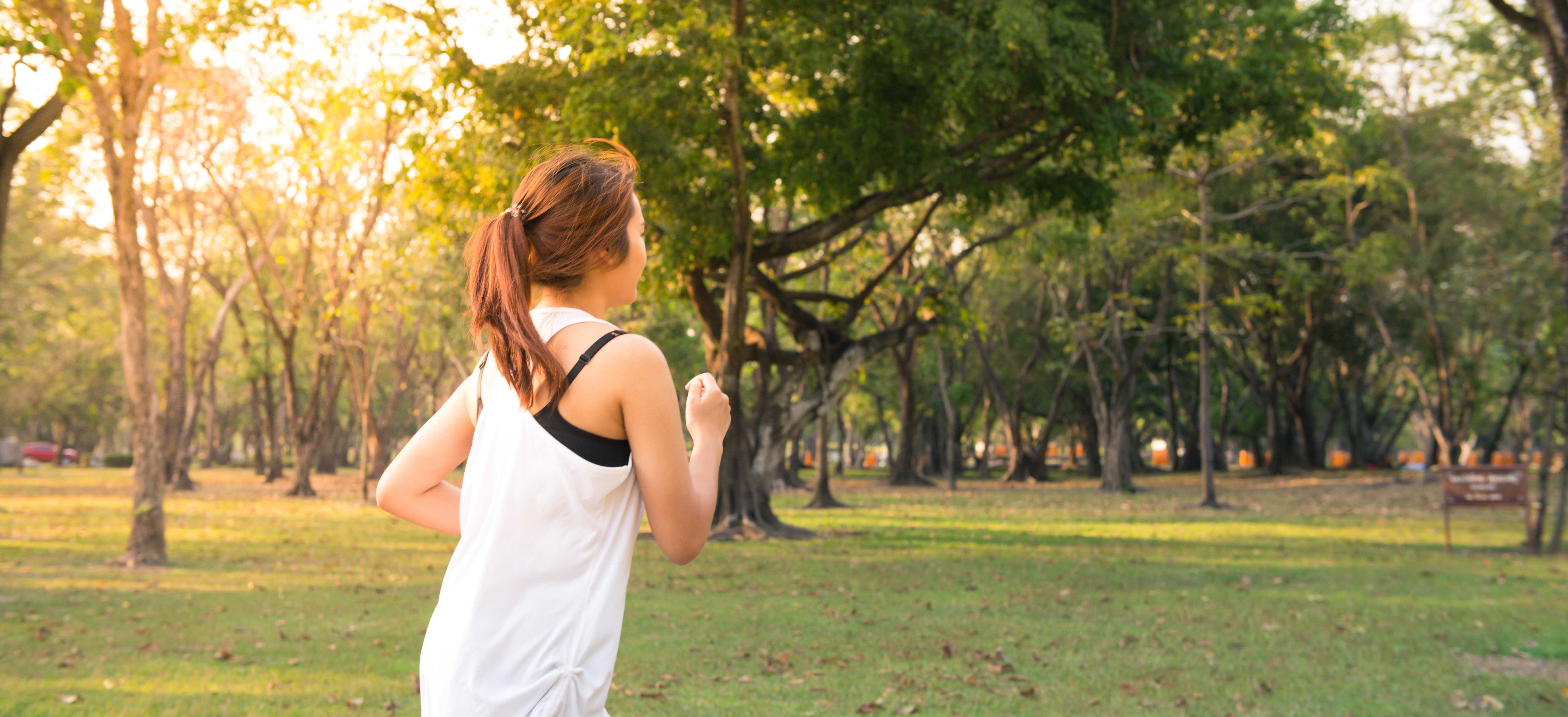Every day, the average human breathes in approximately 2,000 gallons of air. As a source of life, it is important to be aware of the air one breathes, as breathing in polluted air can impact one’s health. Air pollution is a critical environmental concern that affects all of us, with ozone pollution being of greatest concern in our area during the hot summer months.

While ozone is not visible to the naked eye, the effects it has on one’s health are crystal clear; and those effects can be from both short-term and long-term exposure to ozone air pollution. Here are five facts about air pollution you might find interesting:
- Children are more susceptible to the negative impacts air pollution. Because they are so active and breathe in a great deal of air, the negative impact of poor air quality can be greater on kids. As children’s lungs continue to develop, air pollution can hinder the development of their lungs, and lead to them having a decrease in lung function as adults. Developing lungs are also more prone to infection from exposure to air pollution. It can even affect babies while they are still in the womb, with studies revealing increased exposure to particle pollution resulted in a higher risk for preterm birth and lower birth weight.
- There’s a link between poor air quality and cardiovascular disease. Studies show that air pollution can increase the risk of both heart attacks and stroke.
- Going outside for a breath of fresh air might be more dangerous than you think. Depending on the day, breathing in air on a poor air quality day can be more harmful than staying inside. During times of orange and red air quality days, it is advised to skip the run in the park and opt for indoor exercise.
- Where you live matters. Studies have shown long-term exposure to traffic pollution can lead to poor cognition and may increase the risk for dementia. Those living near busy roads and highways are at the most risk with an increase of air pollution from vehicles expanding up to one-third of a mile away. Asthma attacks can be another linked effect of traffic pollution.
- You can make a difference. Air quality can be improved by reducing pollutants in the first place, which can limit the negative effects on health and the environment. Carpooling, using transit, telecommuting and supporting programs to limit idling can all help reduce emissions, as can using less energy at home and avoiding the use of gas powered equipment when doing yardwork.
Knowledge is power. Knowing more about the air you breathe can help make a difference for everyone. To learn more about health effects of exposure to air pollution and actions you can take to reduce emissions visit, cleanair-stlouis.com or www.lung.org.


 The Clean Air Partnership advocates for activities that reduce emissions leading to poor air quality. Since transportation is one of the largest contributors to air pollution, new bike-sharing programs here in St. Louis provide an exciting opportunity for area residents to have a positive impact on the quality of the air we breathe.
The Clean Air Partnership advocates for activities that reduce emissions leading to poor air quality. Since transportation is one of the largest contributors to air pollution, new bike-sharing programs here in St. Louis provide an exciting opportunity for area residents to have a positive impact on the quality of the air we breathe.